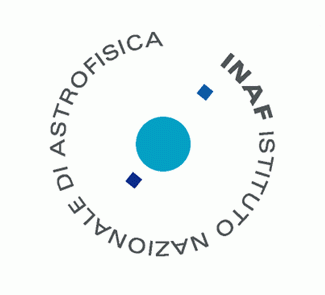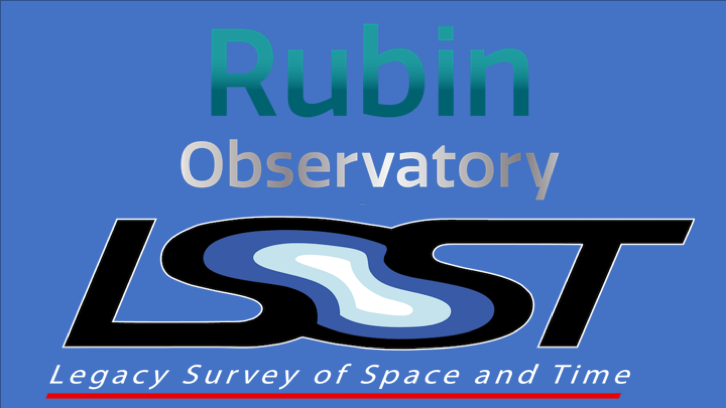Chair(s): Meg Schwamb (Gemini Observatory Northern Operations Center) & David Trilling (Northern Arizona University)
Solar System Official webpage here
In a single visit, LSST could detect up to 5000 moving objects! Over its 10 year lifespan, LSST could catalog over 5 million Main Belt asteroids, almost 300,000 Jupiter Trojans, over 100,000 NEOs, and over 40,000 TNOs. Many of these objects will receive 100s of observations in multiple bandpasses. This amounts to increases of at least 10x the known population, with similar increases in the number of objects with enough data to generate lightcurves and colors.
This is the application website for the LSST Solar System Science Collaboration (SSSC). More detailed information about the SSSC and our activities is provided on our dedicated website. If you are an eligible astronomer and planetary scientist interested in joining the SSSC, please apply using the webform link above.

